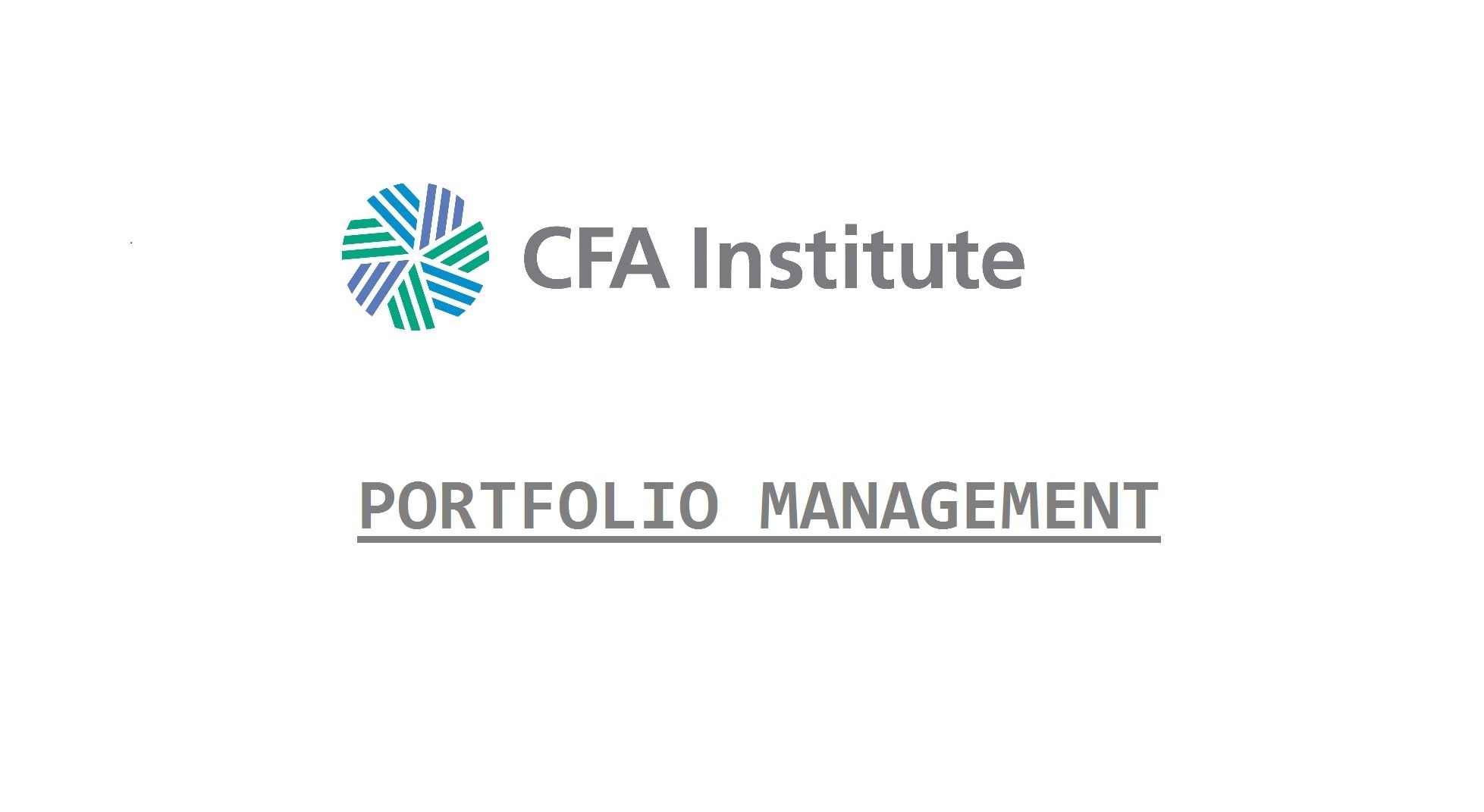Studies have shown that experts in many fields persistently make forecasting errors arising from their behavioral biases. Investment analysts are subject to these biases, and need to be aware of the potential for biases to compromise their professional judgment.
The biases that can adversely impact analysis are not confined to analysts’ behavior. The way in which information is presented in company management presentations, reports, and accounts can reflect human biases in corporate executives.
Overconfidence
Analysts are subject to the illusion of knowledge bias when they think they are smarter than they are. This, in turn, makes them think their forecasts are more accurate than the evidence indicates. The illusion of knowledge is fueled when analysts collect a large amount of data.
The illusion of control bias can lead analysts to feel they have all available data and have reduced or eliminated all risk in the forecasting model. Complex financial models can increase overconfidence and the illusion of control.
Exhibiting representativeness, an analyst judges the probability of a forecast being correct on how well the available data represent the outcome.
An analyst exhibits the availability bias when he gives undue weight to more recent, readily recalled data. Being able to quickly recall information makes the analyst more likely to “fit” it with new information and conclusions. The representativeness and availability biases are commonly exhibited in reactions to rare events.
To subconsciously protect their overconfidence, analysts utilize ego defense mechanisms. One ego defense mechanism is the self-attribution bias. Analysts take credit for their successes and blame others or external factors for failures.
Hindsight bias is another ego defense mechanism. In effect, the analyst selectively recalls details of the forecast or reshapes it in such a way that it fits the outcome.
Dealing with overconfidence is difficult, but prompt and accurate feedback combined with a structure that rewards accuracy can help analysts to re-evaluate their processes and self-calibrate.
Well-structured feedback can also reduce hindsight bias. An analyst should document a decision or forecast and the reasons for that judgment. A written record helps make the later evaluation more objective.
To counter the risk of inaccuracy and excess confidence based on specific characteristics of the subject of the analysis, analysts should consider whether the sample size is too small.
Influence by Company Management
The way a company’s management presents information can influence how analysts interpret it and include it in their forecasts.
There are three cognitive biases frequently seen when management reports company results: (1) framing, (2) anchoring and adjustment, and (3) availability.
Framing refers to a person’s inclination to interpret the same information differently depending on how it is presented.
Anchoring and adjustment refers to being “anchored” to a previous data point. Being influenced by (anchored to) the previous forecast, analysts are not able to fully incorporate or make an appropriate adjustment in their forecast to fully incorporate the effect of new information.
Availability refers to the ease with which information is attained or recalled.
Analysts should also look for self-attribution bias in management reports that is a direct result of the structures of management compensation packages.
Analysts must also be wary of recalculated earnings, which do not necessarily incorporate accepted accounting methods.
To help avoid the undue influence in management reports, analysts should focus on quantitative data that is verifiable and comparable rather than on subjective information provided by management.
Analyst Biases in Research
The confirmation bias relates to the tendency to view new information as confirmation of an original forecast.
The gambler’s fallacy, in investing terms, is thinking that there will be a reversal to the long-term mean more frequently than actually happens.
The hot hand fallacy may lead individuals to incorrectly predict the continuation of a recent trend. Both mean reversion and the hot hand fallacy lead to bias in predicting the probability of statistically independent events.
A representative bias is one in which the analyst inaccurately extrapolates past data into the future.
There are many actions an analyst can take to prevent biases in research, some of which are the same as when they are interpreting management reports. Analysts should use metrics and ratios that allow for comparability to previous forecasts. They should take a systematic approach with prepared questions and gather data before forming any opinions or making any conclusions.
Analysts should use a structured process by incorporating new information sequentially and assigning probabilities using Bayes’ formula to help avoid conclusions with unlikely scenarios. They should seek contradictory evidence, formulating a contradictory opinion instead of seeking more information that proves their initial hypothesis. They should get prompt feedback that allows them to re-evaluate their opinions and gain knowledge for future insight, all the while documenting the entire process.
